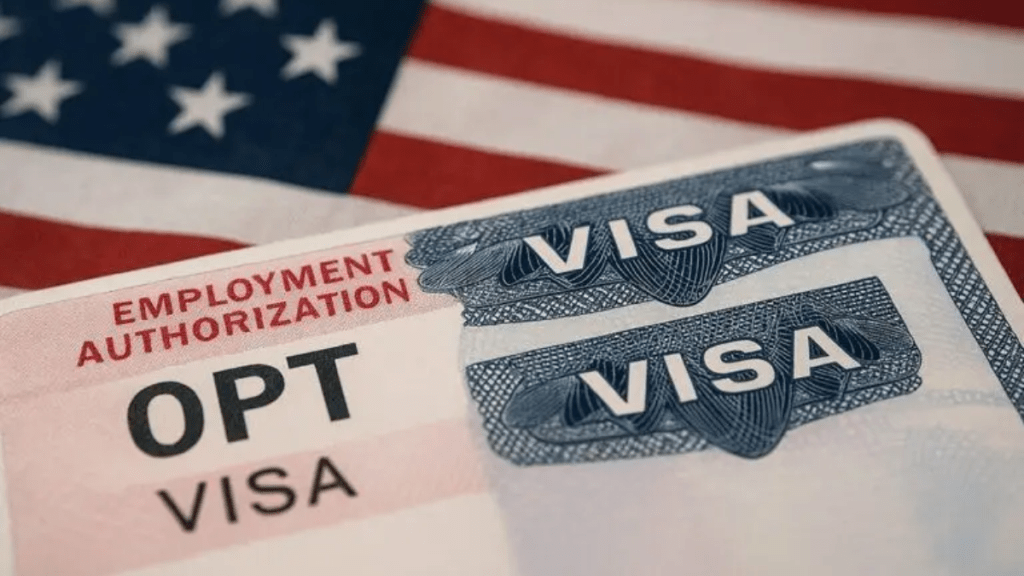
If you’re a licensed driver looking to work abroad, Germany could be your next destination. In 2025, the country is facing a serious shortage of professional drivers across several sectors, including freight transport, rail, maritime, and public transit. With over 70,000 vacancies in heavy goods vehicle (HGV) driving alone, Germany is actively opening up opportunities for international drivers through specialized visa options and fast-track licensing processes.
The demand includes various roles such as HGV drivers, bus and tram operators, train conductors, and inland or sea vessel operators. Monthly salaries range from around €2,200 to over €4,500, depending on the role and experience level.
To work in Germany as a driver, specific EU license types are required. HGV drivers typically need licenses in the C or CE categories, while bus drivers need a D-class license. Rail and maritime roles require specialized certifications, and in many cases, international licenses must be converted to German equivalents. Some countries benefit from simplified conversion agreements, while others require written or practical exams in Germany.
In addition to holding the right license, applicants generally need to be at least 21 years old, pass a health and vision check, and provide proof of professional qualification. A clean driving and criminal record is also important. Basic German language proficiency—ideally at the A2 or B1 level—is highly recommended for safety and communication.
Germany currently offers several work visa pathways for drivers from outside the EU. These include the standard work visa for skilled professionals, special provisions for professional drivers, and the new German Opportunity Card, which allows qualified job seekers to enter the country for up to a year while searching for employment. All visa routes require a confirmed job offer and documentation of training or licensing credentials.
To start the process, candidates should:
- Confirm eligibility by reviewing their license type and preparing to convert it if necessary.
- Search for job openings using trusted sources such as “Make it in Germany,” LinkedIn, StepStone, and other German job boards.
- Prepare essential documents including a CV (preferably in the Europass format), a valid passport, driving license, job offer, and health insurance proof.
- Apply for the appropriate visa at a German embassy or consulate, usually under Section 18a or 18b of the German Residence Act. Some applications may need approval from the Federal Employment Agency.
- Once the visa is approved, travel to Germany, complete any required licensing exams, and begin working. Drivers are also expected to complete periodic professional training every five years.
Germany’s transport and logistics system is heavily reliant on drivers, and the current labor gaps offer strong entry points for qualified professionals from around the world. Whether you’re experienced in long-haul trucking, public transport, or maritime navigation, Germany provides a clear and structured path to build a stable and well-compensated career.
Training options are also available within Germany for those who wish to qualify locally. Programs exist for truck drivers, train operators, and maritime crew, with some courses supported by employers or vocational institutions.
If you’re ready for a change and want to drive your career forward, Germany’s open road could be the opportunity you’ve been waiting for.


















